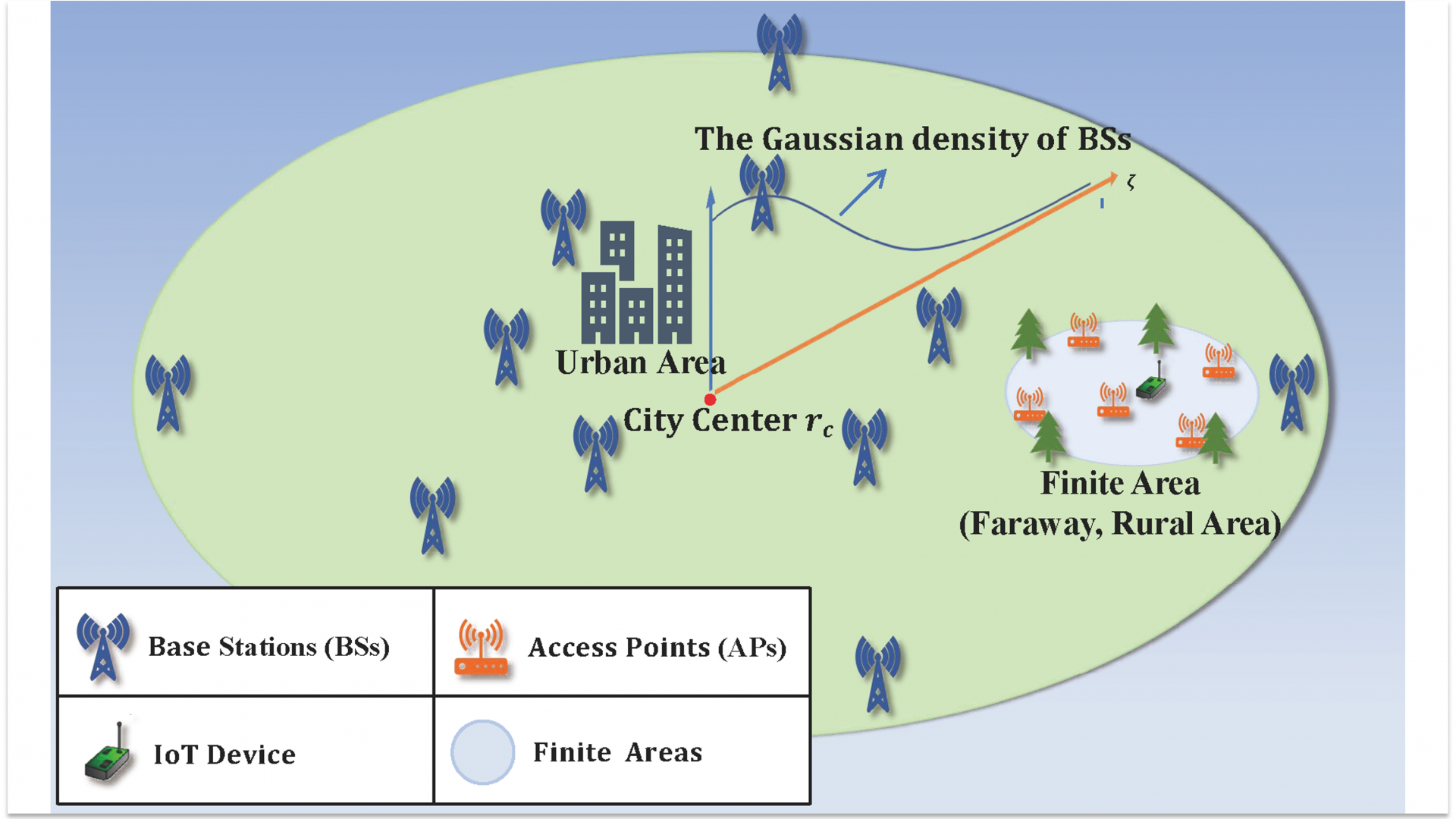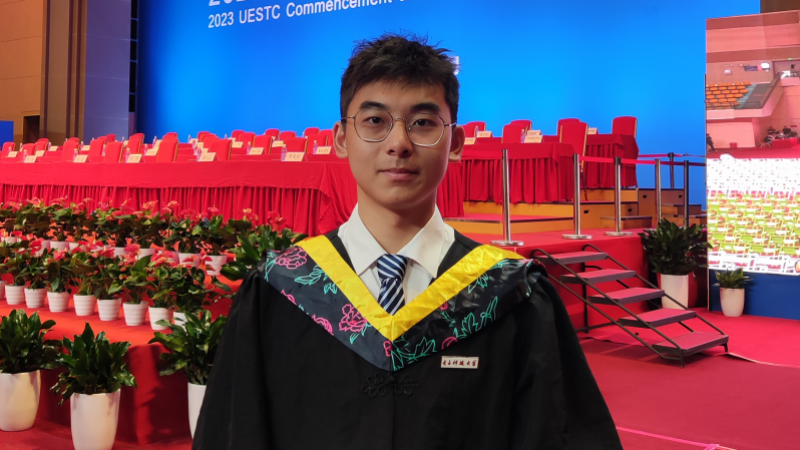With the advent of the 5G era, bridging the digital divide on a global scale has become a common goal. The research team from the Communications Theory Laboratory (CTL) at KAUST, including Hao Lin, Mustafa A. Kishk, and Mohamed-Slim Alouini, has made notable progress in enhancing network coverage in rural areas. Led by Prof. Mohamed-Slim Alouini, their study, "Performance Evaluation of RF-powered IoT in Rural Areas: The Wireless Power Digital Divide," analyzes the potential and challenges of RF-powered IoT in rural areas.
The Internet of Things (IoT) is essential for advancements in smart agriculture, modern healthcare, intelligent transportation, smart homes, and post-disaster recovery efforts. Radio frequency (RF) energy harvesting (EH) technology not only broadens IoT applications but also extends the lifespan of these devices, crucial for IoT deployment in rural areas. However, the imbalance in the development of information and communication technology (ICTs) would bring significant challenges to the application of RF-powered IoT devices in these fields.
Hao Lin, a Master's student at CTL, explains, "We focused on signal-to-interference-plus-noise ratio (SINR) and energy supply to assess the energy coverage probability and joint energy and SINR coverage probability. This approach helped us comprehensively evaluate the overall performance and energy supply challenges of RF-powered IoT devices in rural environments."
The study reveals that because there are fewer base stations (BSs) in rural areas, the main source of energy supply for downlink signals is local access points (APs). Researchers at King Abdullah University of Science and Technology have developed a mathematical model that illustrates the energy supply challenges posed by the digital divide, which is called the "wireless power digital divide."
The research further indicates that the number of APs in remote rural areas is crucial for energy supply and SINR. Selecting an optimal number of APs ensures sufficient energy while maintaining SINR conditions, enabling devices in various locations to operate normally. In addition, performance variations are observed based on device location, with those nearer to network centers achieving higher coverage probability.
More information can be found in the paper and the video given below:



